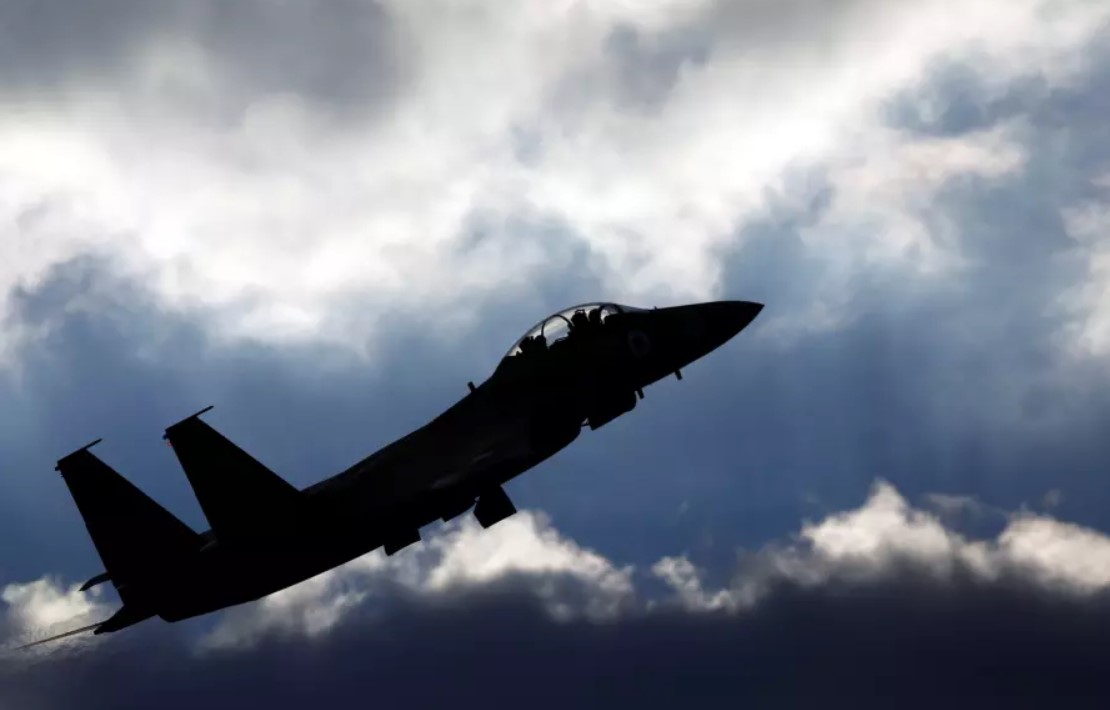
An Israeli Air Force F-15 fighter jet flies during an aerial demonstration. (photo credit: AMIR COHEN – REUTERS)
The August 14 Israeli attack on Syria targeted two air defense bases of the Syrian Arab Army (SAA) near the Syrian capital, Damascus, and in the western governorate of Tartus.
The first air defense base is located a few kilometers to the southwest of the town of al-Qutayfah in the eastern countryside of Damascus. Israeli fighter jets attacked the large base, which is known to host several types of radar and air-defense system, from the direction of the Lebanese capital, Beirut.
The second base is located in the outskirts of the town of Abu Afsa in the southern countryside of Tartus. The base was deactivated a few years ago. No air defense system is known to be deployed there currently. Israeli fighter jets attacked the base from the direction of the Mediterranean Sea.
The attack claimed the lives of three SAA service members, Mahmud Ataf, Ali Badour and Ismail Shaaban. All three were reportedly air defense operators.
In an apparent response to the attack, Iranian-backed forces in Syria and Iraq attacked a base of the US-led coalition in the southeastern Syrian area of al-Tanf with suicide drone and another base in the northeastern governorate of Deir Ezzor with rockets on August 15.
Israel stepped up its attacks on the Syria’s air defenses this year in what appears to be an attempt to maximize the SAA’s human and material losses. At least 31 Syrian service members have been reportedly killed in Israeli attacks since the beginning of the year. Several air defense systems were also damaged or destroyed.
Despite the recent attacks, Syria’s air defenses are still active and effective. Israeli fighter jets continue to launch their attacks from outside Syria’s airspace using stand-off munitions. Moreover, Israel is using ground-launched munitions on some occasions.





